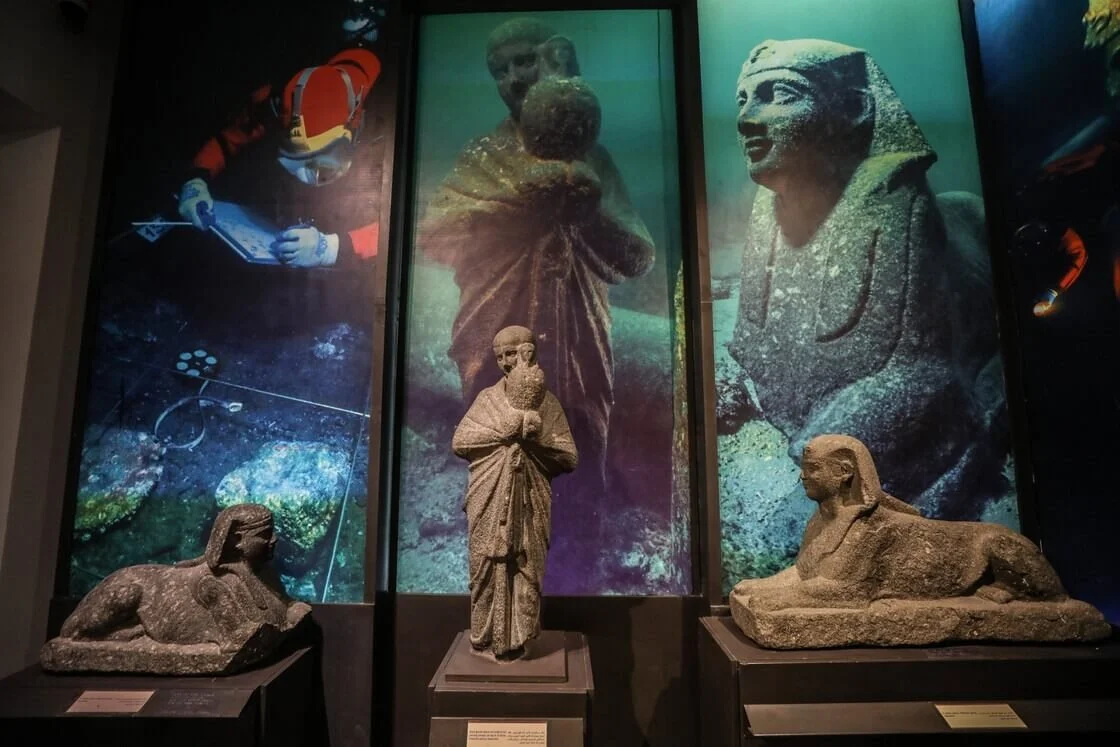Turning Swords into Plowshares: The incredible journey from Helepolis to the Colossus of Rhodes. The siege engine that transformed into one of the seven wonders of the world.
In the annals of ancient warfare, few inventions capture the imagination quite like the Helepolis, an imposing, mammoth siege tower that brought new dimensions to the art of siegecraft. Weighing an enormous 160 tons and requiring the combined strength of 3,400 men to move, this tapered tower played an instrumental role in the evolution of warfare. Yet, its most lasting legacy was born not from its formidable military prowess but from its ironic contribution to the creation of one of the Seven Wonders of the Ancient World, the Colossus of Rhodes.
Design and Mechanism: The Making of a War Behemoth
The mobile siege tower's Greek name, Helepolis, translates to "Taker of Cities." The most well-known was that created by Polyidus of Thessaly during the Siege of Rhodes, and refined by Demetrius I of Macedon and Epimachus of Athens (305 BC). Diodorus Siculus, Vitruvius, Plutarch, and Athenaeus Mechanicus all provided descriptions of it.
Polyidus of Thessaly, who was often associated with the conception of the Helepolis, remains an enigmatic figure in the annals of military engineering. As a notable engineer and tactician in the service of Alexander the Great and Demetrius I of Macedon, Polyidus was credited with the invention of several prominent siege engines, including the Helepolis. His ingenious contributions to siege warfare laid the groundwork for later innovations and shaped the landscape of Hellenistic military strategy. Despite the ingenuity of his designs, it was through his unintended contribution to art and architecture through the repurposing of the abandoned Helepolis that Polyidus of Thessaly left a lasting, if ironic, legacy.
3D model and cross-section of Helepolis approximately as described in the wiki article Created in the TrueSpace 3 demo edition and GIMP.
Evan Mason own work
The Helepolis was not merely a large tower. It was an architectural marvel—an imposing iron-clad fortress on wheels, meticulously designed for both attack and defense. The outer surface of the tower was covered in iron plates, rendering three sides fireproof, a critical adaptation for surviving the flaming projectiles of the enemy. The interior was divided into multiple stories, housing soldiers equipped with light dart throwers designed to clear walls and heavy armaments providing the raw, destructive power necessary to break enemy defenses.
The Helepolis was essentially a massive, manually propelled tower that measured 65 feet (20 meters) in width and 130 feet (40 meters) in height on each side. It was supported by eight 15 feet (5 m) high, caster-equipped wheels that allowed for both lateral and straight movement. The interior was separated into floors that were joined by two wide flights of steps, one for climb and one for descent, and the three exposed sides were made fireproof with iron plates. The machine weighed 160 tons, and it took 3,400 men working in relays to move it. As 200 men turned a huge capstan that drove the wheels with a belt, the remaining 1,200 men pushed the machine forward. The casters allowed for lateral movement, allowing the entire apparatus to be maneuvered towards the intended attack location while maintaining the siege engines inside pointed towards the city walls and the machine's protective body in direct contact with the men advancing behind it.
Model of a Helepolis siege tower, Thessaloniki Science Center and Technology Museum
Gts-tg: Own work
Helepolis siege engine, 4th century BC, Greece (modeled after Demetrius Poliorcetes Helepolis siege tower). Thessaloniki Technology Museum. Design and construction by K. Kotsanas
The Helepolis was equipped with a terrifying array of heavy weapons, including two 180-lb (82 kg) catapults, one 60-lb (27 kg) catapult, three 60-lb catapults on the second floor, and two 30-lb (14 kg) catapults on each of the following five stories. The forward wall of the tower was perforated with openings for the missile launchers that were protected by automatically adjustable shutters and lined with skins that were filled with wool and seaweed to make them fireproof. Soldiers could easily clear the walls of defenders on each of the top two floors with the help of two lightweight dart throwers.
The Siege of Rhodes: The Helepolis Meets Its Match
Despite its formidable design, the Helepolis met its match during the Siege of Rhodes. According to Vitruvius, the people of Rhodes, under the ingenious guidance of Diognetus, managed to immobilize the colossal siege tower. Instead of countering iron with iron, they relied on the simple elements of water, mud, and sewage, channeling these onto the area of attack. The Helepolis, for all its ironclad majesty, became irretrievably stuck and was ultimately abandoned, marking a turning point in the siege.
The Rhodians were able to knock parts of the metal plates off the Helepolis as it was being moved toward the city, and Demetrius decided to remove it from the fight to prevent it from being set on fire.
The Birth of the Colossus: From War Machine to Iconic Monument
This event not only marked the lifting of the siege but also paved the way for the creation of one of the most iconic monuments in the ancient world.
The Helepolis and the other siege engines were abandoned after the siege failed, and the people of Rhodes used the materials and money to construct the Colossus of Rhodes, a statue of their patron god Helios that is now known as one of the ancient Seven Wonders of the World. They also melted down their metal plating and sold abandoned weapons. Thus, from the failed engine of war, a symbol of peace and triumph was born.
In a different story provided by Vitruvius, the Rhodians pleaded with Diognetus, who had previously served as the town architect of Rhodes, to devise a strategy for capturing the Helepolis. He ordered the Rhodians to breach the city wall under cover of night in order to direct copious volumes of water, mud, and sewage into the region where the Helepolis was anticipated to launch an assault the following day. The tower was moved forward to the planned attack point by Diognetus and became trapped in the muck forever. When the siege was over, the Rhodians utilized the proceeds from the sale of Demetrius's abandoned siege engines to build the massive Colossus of Rhodes.
The Legacy of the Helepolis: Influence and Adaptation in Subsequent Ages
The Helepolis's story did not end with the Siege of Rhodes, however. The concept of the moving tower endured, and its name was adopted for similar siege engines in subsequent eras. Notably, Demetrius utilized a comparable machine in the successful siege of Thebes the following year. The term was also later used by the Byzantines to describe a different form of siege engine, further attesting to the enduring influence of the Helepolis on siege warfare.
Later siege engineers continued to refer to movable towers that were equipped with battering rams as well as spear and heavy stone hurling equipment as helepolis.
Even later, the traction trebuchet, a quite different type of siege engine, was referred to as a helepolis by the Byzantines. Theophylact Simocatta used this language for the first time in his description of the siege of Tiflis during the Byzantine-Sassanid War in 602–628.
A Symbol of Human Ingenuity
In the tale of the Helepolis, we find a unique intersection of war, innovation, and beauty. The iron giant that was built to conquer cities instead ended up contributing to the construction of a monument that has mesmerized humanity for centuries. It is a fitting testament to the transformative power of human ingenuity, reminding us that even instruments of destruction can play a role in the creation of wonders.











